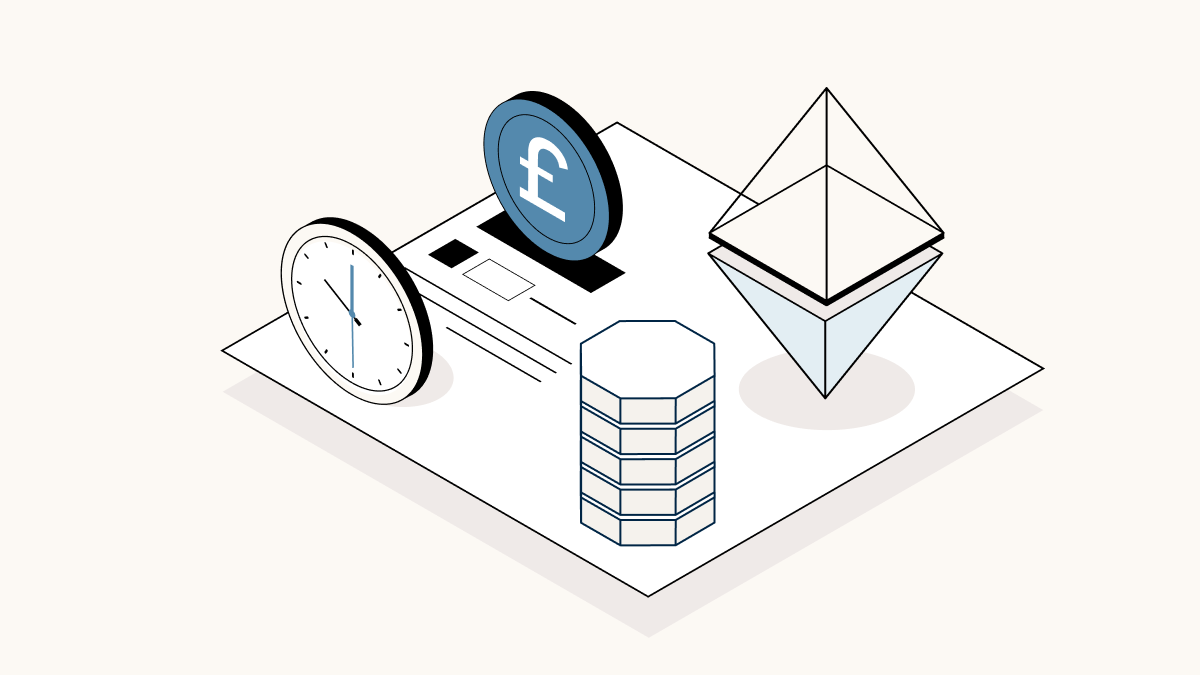Is venture capital an art or a science? Opinions differ and, in reality, there’s no right answer. Yet there are thousands of high-growth businesses in the UK keeping the ecosystem alive – just look at companies like Monzo, TrueLayer and Gymshark.
So, when it comes to securing investment, what’s the recipe for success?
With experience across angel, seed and Series A rounds, Ben McClure – a venture capital fundraising advisor for UK and European digital technology ventures at EIT Digital – and Nicholas Richards – an angel investor and Head of Partnerships at Carta – know what it takes to succeed.
The pair shared their wealth of knowledge during a recent panel event hosted by Canute. The conversation covered the UK’s robust angel investment scene, why it seems more difficult to raise capital right now and which metrics really matter to investors.
Angel investment remains robust
The panellists began by discussing one of the earliest stages in a company’s lifetime, angel investment, and why these investors are so crucial to the wider startup ecosystem. Richards kicked off the conversation.
“In the UK, this is largely due to SEIS and EIS which incentivise angel investors to invest and benefit from tax rebates of 30%-50%,” he said. “It de-risks the opportunity and allows them to invest despite broader economic factors.”
SEIS and EIS are a real asset to the wider European ecosystem, since it’s not just businesses born in the UK that can benefit from these investment schemes.
“European businesses with a presence or office in the UK are often eligible,” McClure explained, citing a Nordic digital health business as an example. The company has a sales office in London while its HQ remains in Finland.
“Knowing which funds will give capital to your business is crucial to the success of early-stage fundraising,” he continued. “Some funds will only invest in EIS-eligible companies, others solely in UK-headquartered businesses. On the other hand, many large venture capital funds based in London have a broader investment remit and will consider opportunities regardless of location or EIS eligibility.”
It’s always been tough to raise venture capital
The sentiment shared by many startups right now is that it’s never been so tough to raise capital. At such a trying time, McClure offered some words of comfort. “It’s always been hard to raise venture capital, so don’t read too much into the press,” he said. “Companies with strong investment propositions, in contact with the right investors and running effective fundraising campaigns are still being successfully funded.”
Richards suggested that the era of “FOMO investing” which caused a spike in fundraising figures throughout 2020 and 2021 had, to an extent, come and gone.
“From 2015 to 2020, there was a steady increase in the number of raises with some ups and downs along the way, but this was nothing compared to the ‘tourist years’ at the height of the pandemic. Individuals and institutions that didn’t typically deal in venture were suddenly pumping money into startups. It was truly extraordinary,” he recalled. “Now, we’re seeing a reset to ‘normal’. Today’s conditions appear adverse, but only compared to exceptional circumstances.”
Equity vs. debt on your balance sheet
Many of the companies currently struggling to raise capital are seeking alternative options. There’s a question hanging over founders’ heads about whether it’s better to take on equity or debt, especially when starting out. McClure noted an increase in companies choosing debt and explained why this was the case.
“Some companies think that if they raise equity now, it will be difficult to raise more later, and so they turn to venture debt.”
He linked this trend more specifically to Nordic companies that take on early-stage, often government-backed loans that hamper their business. “Taking on this debt before revenue – never mind cash flow – doesn’t look good for your balance sheet,” McClure warned.
The appetite for AI is incredible
In a more exciting turn of events, the rise of tech startups and solutions for the B2B and consumer markets looks set to continue in 2024. But which companies are having the most success at raising funds right now, and why? McClure shared his opinion on this year’s top three trending industries.
“Firstly, the appetite for AI is incredible. Lots of investors aren’t even looking into the finer details. What they want is to take a first meeting and learn more about the business, so they can find the one that’s going to skyrocket.”
The other trending industries McClure pointed to are climate tech and digital health. On the latter, he noted technology as the incumbent solution due to a huge shortage of nurses and doctors in the UK.
“That’s where momentum is gaining. However, it’s not entirely about revenue metrics with these businesses.” McClure’s insight into why an investor might choose to fund a particular venture suggests that it’s actually about the bigger picture.
“VCs know where future exit opportunities are and want to increase their chances of seeing a return on their investment,” he noted. In the case of digital health, the hope is that these businesses will eventually be acquired by big health tech or digital health transformation companies.
VCs don’t base decisions on geography
Many regional European startups believe that UK-based VCs aren’t interested in investing further afield. Richards countered this opinion with an example.
“VCs don’t tend to make their decisions based on the geographical location of the business. As an example, the Nordics have a very strong ecosystem for high-growth businesses,” he offered up. “This is attractive to investors from all locations who think, ‘Oh, I’ve found the next Daniel Ek!’ The quality of the talent matters more.”
McClure agreed with the idea that location is not always paramount to investment funds in London that continue to deploy capital all across Europe. “It’s less about where the business is, and more about where it’s going. The focus is on the future and how you paint a picture of the company over the next five to ten years,” he said.
Founder equity is precious
Founder equity – and how much is retained at each stage – is linked to how well a scaling company can raise funds in the future. Investors want to see a decent equity runway available for fundraising later.
“The more founder equity you can hold in the business, the better,” McClure advised. “Ideally, founders will still be in control of the business post-Series A. Going into a Series A round, 50%-60% of the company is the minimum I’d recommend founders retain (on a fully diluted basis after warrants). As a founder, your equity is precious. Hold onto it.”
Some metrics matter more than others
Which matters more: metrics or storytelling? According to McClure, it depends on the business, because each has its own operating model and way of selling.
“A founding team that’s good at communicating and storytelling is great at an early stage. As you scale up, it ultimately boils down to demonstrating how you plan to succeed over the next five to ten years,” he highlighted. “This is typically shown through your projections for revenue (ARR or MRR), customer acquisition cost (CAC) and the lifetime value of customers (LTV).”
McClure was reluctant to recommend a particular amount of revenue needed to reach a specific funding stage. “While admittedly uncommon, there are some companies just starting to generate revenue that can raise £10 million, while others with at least one million in revenue are finding it very challenging to secure funding,” he said. “What matters is your future growth prospects and whether they’re sustainable.”
“Single-digit growth isn’t interesting to investors,” agreed Richards. His advice to founders was to ask themselves which metrics they think will genuinely demonstrate the business is growing. Has the company shown double or triple growth YoY? Can they demonstrate more than 15%-20% growth MoM?
Venture capital is an art, not a science
For McClure, raising capital shouldn’t be a one-sided conversation; it needs to be a match on both sides of the table.
He recommended that founders get to know investors with an appreciation and appetite for the type of proposition they’re pitching. “You’ll be more successful if you understand VCs’ particular investment tastes before you engage with them,” he said.
“Don’t be afraid to ask potential investors about their dream ticket,” he continued. “Source this intel and highlight those attributes when you pitch back to that investor.”
“At the end of the day, venture capital is an art, not a science. Everyone has a different view,” concluded Richards. His final words of wisdom? Talk to other founders, find out how they successfully raised money and use that to your advantage.

